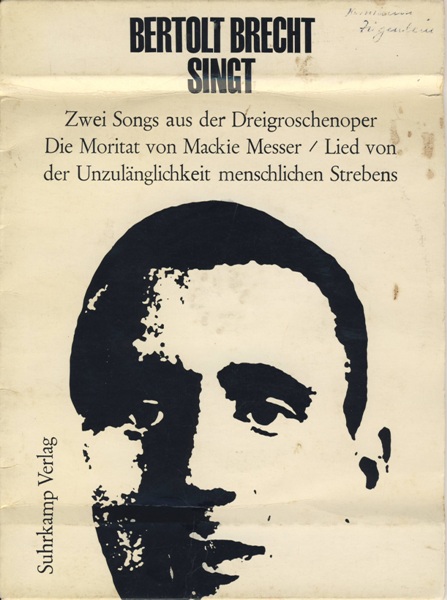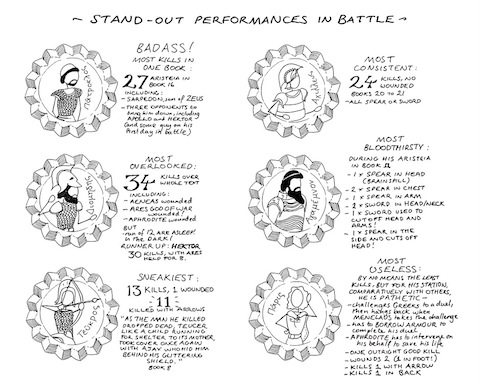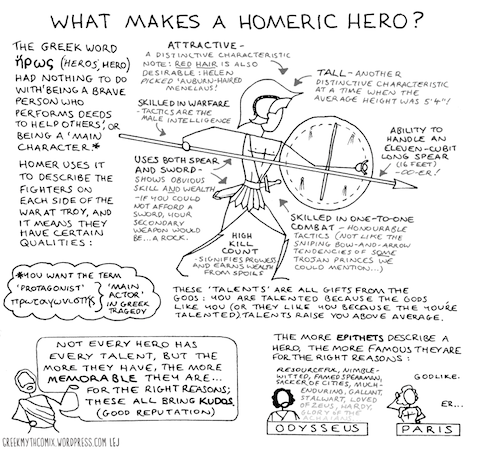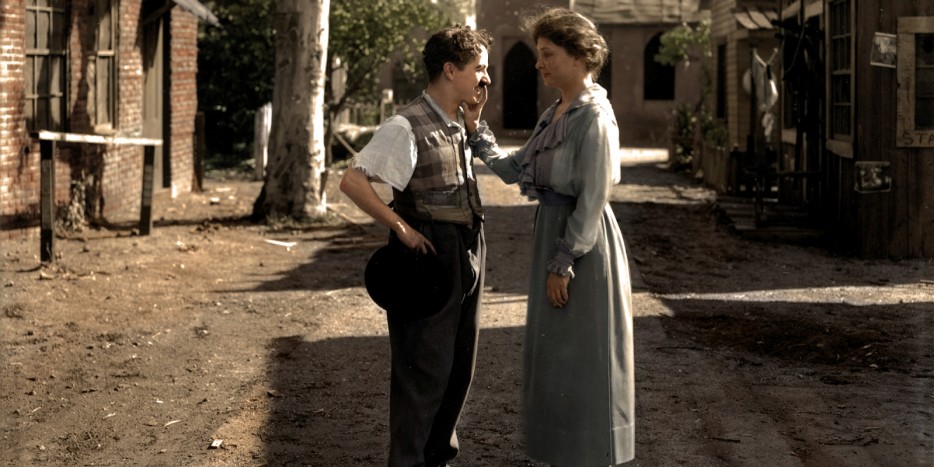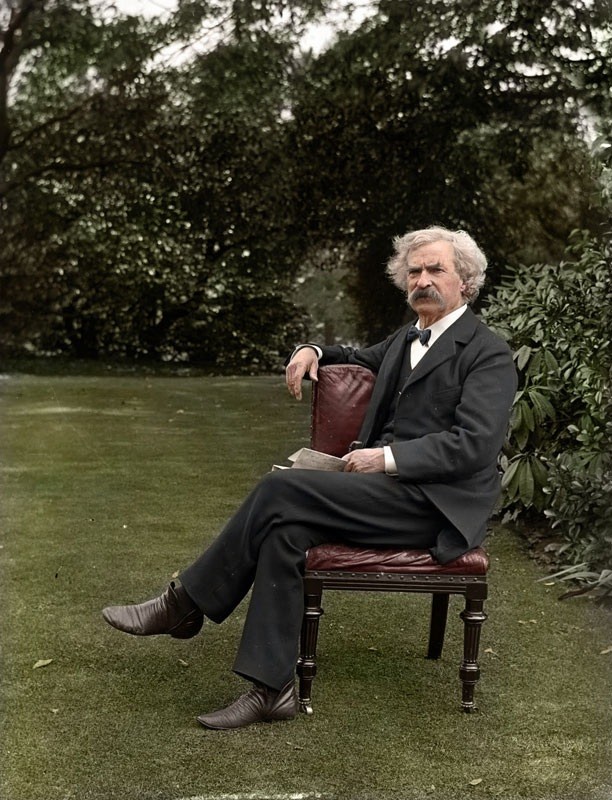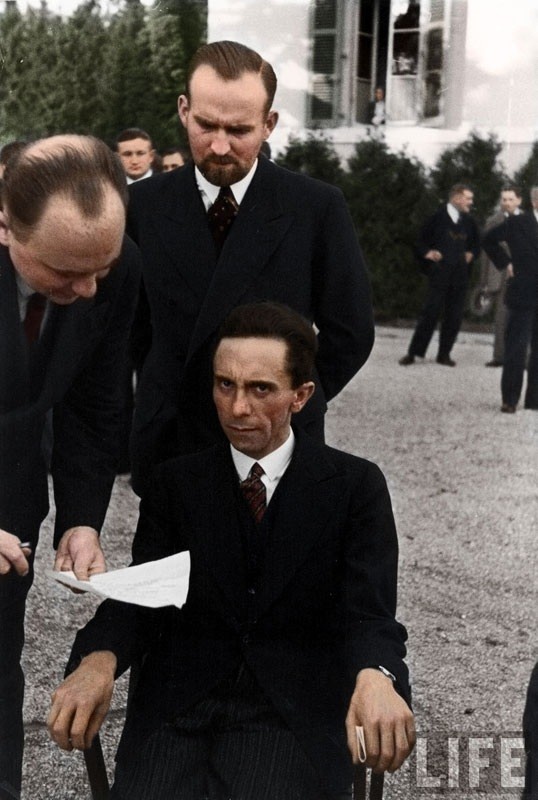World War I began 100 years ago, on 28 July 1914. The initial trigger, the assassination of Archduke Franz Ferdinand of Austria, produced something of a “domino effect,” where European powers, bound by pre-existing international alliances, chose sides and fell rather obviously into a catastrophic war. It started as a European war, pitting Allied powers against Central powers. But, soon enough, it became international, involving a long list of countries from Africa, North and South America, Asia, and Australasia. The trench warfare that became such an important part of World War I ensured that the battle lines moved ever so slowly, at least until the final stages of the war. That grinding quality gets captured remarkably well by EmperorTigerstar’s latest YouTube video, “World War I: Every Day,” which shows “the changing front lines of World War I every day from Austria-Hungary’s declaration of war to the armistice of November 11, 1918.” It also includes the changing front lines in Africa and the Pacific. (A legend, below, will help you sort out the various different players.) When you’re done watching “World War I: Every Day” (above), you’ll perhaps want to spend time with EmperorTigerstar’s previous video, “World War II in Europe: Every Day,” which documents an even bloodier war unfolding at a dramatic pace.
Legend:
Maroon = Central Powers and annexed lands.
Burgundy = Areas militarily occupied by the Central Powers.
Red = Central Power puppet or client states.
Brown = Central Powers in an armistice.
Pink = Central Power gains for that day.
Dark blue = Allied powers.
Blue = Central Powered lands militarily occupied by the Allies.
Blue-grey = Allied powers in an armistice.
Light blue = Allied gains for that day.
Related Content:
Watch World War II Rage Across Europe in a 7 Minute Time-Lapse Film: Every Day From 1939 to 1945
Download 78 Free Online History Courses: From Ancient Greece to The Modern World
British Actors Read Poignant Poetry from World War I
Frank W. Buckles, The Last U.S. Veteran of World War I
